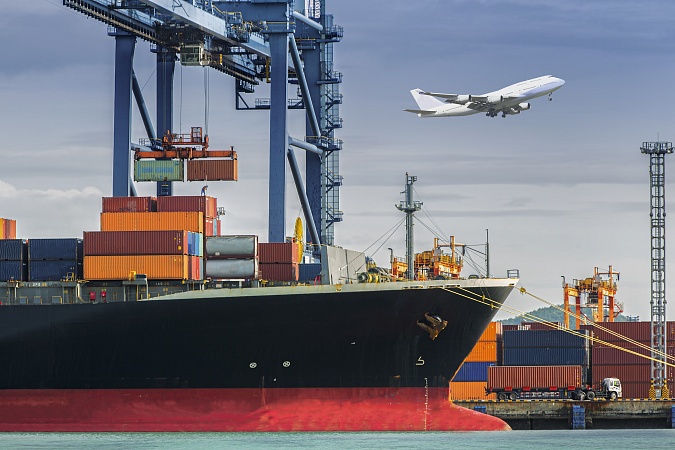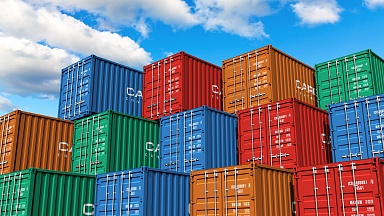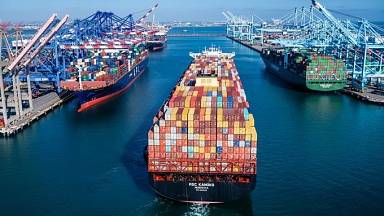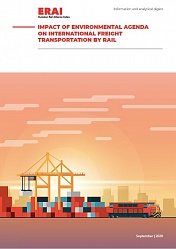Congestion at European ports has been less severe than had been expected following the release of the Suez Canal backlog, but only in relation to the ongoing disruption caused by existing conditions.
«Europe’s top container terminals have been struggling to keep congestion at bay, with incoming boxes outweighing outgoing boxes for much of 2021,» said Container xChange chief executive Johannes Schlingmeier. «The closure of the Suez Canal appears to have only made the box crunch at Europe’s hubs only slightly worse than it already was.»
Container xChange reported that all of Europe’s main container hubs were facing increased traffic since March, but the majority of it had been inbound.
«At Rotterdam, the increase in incoming 20 ft dry containers was most stark, with box numbers rising 3.8% week on week,» it said.
Antwerp the reported an increase of 3.5%, while at Hamburg it was 2.2%.
At all three ports incoming box traffic has been heavy since March, Container xChange added.
The company’s Container Availability Index (CAx), in which any number greater than 0.5 indicates more containers are entering a port than leaving it, rose significantly during the period.
Hamburg has recorded a CAx reading of above 0.8 since week 9 of this year. In week 17 its CAx reading was 0.93, up from 0.48 in week 1.
Rotterdam’s CAx reading has also risen steadily in 2021, climbing from 0.65 in week 1, to 0.74 in week 9 and up to 0.83 in week 17.
Antwerp, meanwhile, recorded a CAx of 0.38 at the start of the year, 0.78 in week 9 and 0.9 in week 17.
«What we’re hearing from our container leasing and trading members is that they find it increasingly difficult to book export containers with the carriers across Europe,» Dr Schlingmeier said. «It seems shipping lines are prioritising empty containers to move the boxes back to China as fast as possible.»
While the closure of the canal following the Ever Given grounding held up cargos for six days, the longer term impacts are likely to be felt for at least another month.
Vespucci Maritime chief executive Lars Jensen told a recent webinar that the issue of repositioning ships and empty equipment, which had come on top of a period of extraordinary disruption in the supply chain, would take an additional two to three months to resolve because of the impact of the canal closure.





